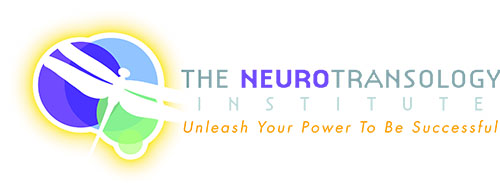Virtual Learning
“Our research shows that virtual learning, when done right, can be dramatically more effective than in person workshops. In fact, an analysis of the likelihood of people taking action on a learning program, showed that a smart virtual learning program was around six times more likely to get people to take actions than the usual way learning is delivered in person. Not 6% better, or 60% better, but 600% better.”
Research from The NeuroLeadership Institute…David Rock
Virtual Learning Design
In order for virtual learning to be successful, it must follow: The FACET of effective learning
- F = Focus – Participants must commit to stay focused and engaged throughout the program.
- A = Advantages – Participants will be compelled to change their mental model and behaviors if they embrace the advantages of the change.
- C = Cost – Equally important, it is essential that participants recognize the COST of not changing.
- E = Enthusiasm – Retention and follow-through are enhanced if participants are enthusiastic, involved and are accountable for the change.
- T = Tether – It is imperative that participants can relate or tether new learnings to information they already know
Give us a call to further discuss the advantages of Virtual Learning # 516 343-3210
Virtual Learning
Benefits of Virtual Learning…Participants in online conditions performed modestly better, on average, than those learning the same material through traditional face-to-face instruction. Learning outcomes for participants who engaged in online learning exceeded those of participants receiving face-to-face instruction, with an average effect size of +0.20 favoring online conditions.3 The mean difference between online and face-to-face conditions across the 50 contrasts is statistically significant at the p < .001 level. U.S. Dept. of Education of Evidence-Based Practices in On-Line Learning.
Retention rates are higher with online learning…Many offline courses struggle to retain students throughout the length of the course. The Research Institute of America has found that this is not the case with Virtual Learning. Rather, online courses have increased student retention rates from anything from 25% to 60%.
Research has found that the key to effective learning is activating the hippocampus, a brain region that helps consolidate new information into memory. The FACET learning model we incorporate is designed to activate the brain in a way that stimulates this portion of the brain to accelerate retention and learning.
